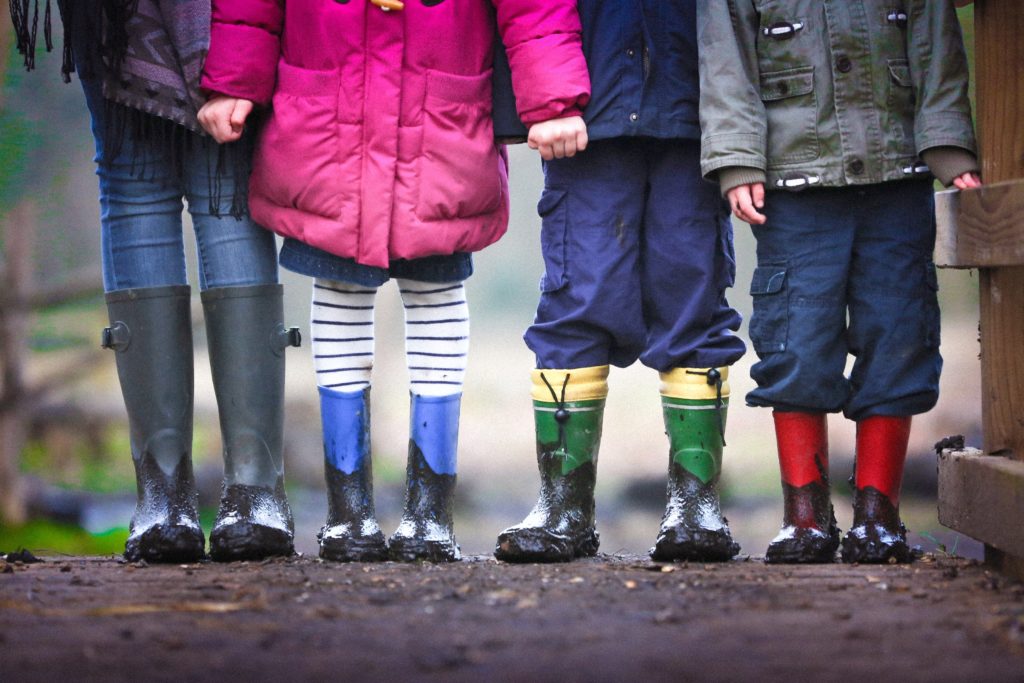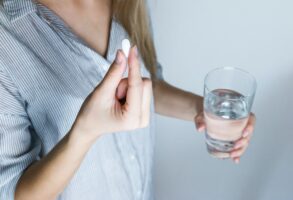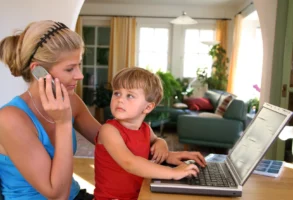
Published January 5, 2022
It’s the New Year, and more than a few resolutions probably include making a difference in the lives of young people.
For some, that may take the form of volunteering with a mentorship organization, and spending a set amount of time with underprivileged youth. As an individual decision, that’s laudable. But ever since the Clinton era, politicians have offered mentorship programs as a solution to the problems of at-risk youth because they fit into an individualistic, value-neutral approach to policymaking.
As I write in a new research paper for National Affairs, the limits of this technocratic approach to improving the lives of poor or working-class children have become apparent. A weekly meeting with an assigned mentor in a secular setting is not enough to build the webs of support that can help at-risk youth build more stable futures.
A young person raised in a high-poverty community is more likely not only to be short on material resources, but also to experience broken families, violence, addiction, a lack of economic opportunity and a paucity of positive role models. Formal mentoring programs aim to pair youth in those circumstances with adults who can talk through and model strong habits that improve the chances for long-term success.
In the 1990s, encouraging these types of programs became a bipartisan craze. During the 1997 Presidents’ Summit, President Bill Clinton joined his living predecessors at Independence Hall to encourage the creation of two million mentoring relationships. Mentorship programs—vaguely moralistic without being religious, relying on volunteers rather than government programs and grounded in some promising research evaluations—had something for everyone to love.
Unfortunately, the available evidence suggests these programs cannot bear the weight that policymakers would like them to. Although a relationship with a mentor may be beneficial, supporting at-risk children requires strengthening the institutions in which meaningful relationships develop organically.
A 2019 meta-analysis of 70 youth-mentoring studies estimated a positive mean effect size of one-fifth of a standard deviation (a standard deviation is the typical amount by which any given individual differs from the average). That isn’t nothing, but it isn’t much. These limited benefits are roughly equivalent to what earlier evaluations had found, suggesting that current programs are not improving even after years of “best practices” being implemented. A cost-benefit calculation co-authored by Jean Rhodes, one of the nation’s leading researchers into evidence-based mentorship programs, found “monetized benefits of program participation to exceed total costs by only a narrow margin.”
Formal mentorship programs can be contrasted with so-called informal, or natural, mentoring relationships. These are relationships that occur organically, within the context of a community or activity such as church, school or sports. A 2018 meta-analysis of 24 studies found larger effect sizes for natural mentorship relationships with adults in the “helping professions,” such as teachers or clergy, than in other relationships, suggesting the social institutions that vulnerable children are involved in can have a meaningful impact on their lives.
These activities could include participating in a church youth group, a dance troupe, a sports team or a community organization. They offer natural opportunities for young people to come into contact with potential mentors in an environment of shared goals and interests. Unfortunately, access to such participation often correlates with income. Political scientist Robert Putnam notes in his 2015 book Our Kids that the participation gap in all extracurriculars between poor and rich kids grew from less than 10 percent to more than 20 percent between 1972 and 2004.
For example, it’s no secret that participation in religious activities has trended downward in recent years, but families whose children could benefit most from relationships with natural mentors have been especially likely to disaffiliate.
As recently as 1982, high-school seniors from the lowest socioeconomic quartile were no less likely to participate in church activities or religious youth groups than those from higher quartiles. But over the following two decades, as Putnam and others have found, church attendance fell much more rapidly among children from poor and working-class families than among children from affluent families. Participation in religious networks has been linked to better outcomes, including higher academic achievement and stronger friendships. At-risk youth who no longer attend church lose out on crucial opportunities to form meaningful relationships and achieve more of their potential.
An agenda that took seriously the problem of alienation and disaffection among low-income young people, especially young men, would prioritize the social institutions that can provide them a place to form an identity. For some, that could be junior ROTC or law enforcement explorer programs. For others, it could be a youth symphony, a recreational athletic league or a Math Olympiad team.
There are steps policymakers could take to strengthen these kinds of opportunities, and to shift away from a technocratic, individualistic approach to poverty alleviation toward one that prizes an ecosystem of belonging and real-world role models.
Rhodes herself has pointed out that, while a close mentoring relationship is “vitally important” for disadvantaged young people, “when it is construed as the only active ingredient, it creates unrealistic pressure on everyday relationships—[s]apping them of the closeness that can come when there are shared goals and a sense of purpose.”
While formal mentoring programs operating in isolation are not the answer, that doesn’t mean they can’t be part of the solution. Schools, sports teams and other institutions could partner with organizations like Big Brothers Big Sisters of America to better equip adults in those institutions to know how to build relationships with young people who could benefit from a caring adult.
And while America’s longstanding tradition of separating church and state should encourage caution about directly subsidizing religious programs, faith-based groups should not be left out. They can contribute to community-wide webs of support, such as the 21st Century Community Learning Centers program, which distributed $1.2 billion across 54 states and territories in 2019—only 1.2 percent of centers that received funds were faith-based.
We all want to believe that the right relationship can help a young person reach his or her full potential—and many mentoring relationships do. But making a difference in the lives of underprivileged youth will require more than individual efforts or technocratic government programs. It requires changing our culture, and our public policies, to prioritize a restoration of the institutions of civil society—churches, little leagues, clubs and activities—that can exemplify the habits of stability and self-sacrifice, and show what it means to live a healthy and flourishing life.
Patrick T. Brown (@PTBwrites) is a fellow at the Ethics and Public Policy Center.
Photo by Ben Wicks on Unsplash.
Patrick T. Brown is a fellow at the Ethics and Public Policy Center, where his work with the Life and Family Initiative focuses on developing a robust pro-family economic agenda and supporting families as the cornerstone of a healthy and flourishing society.








